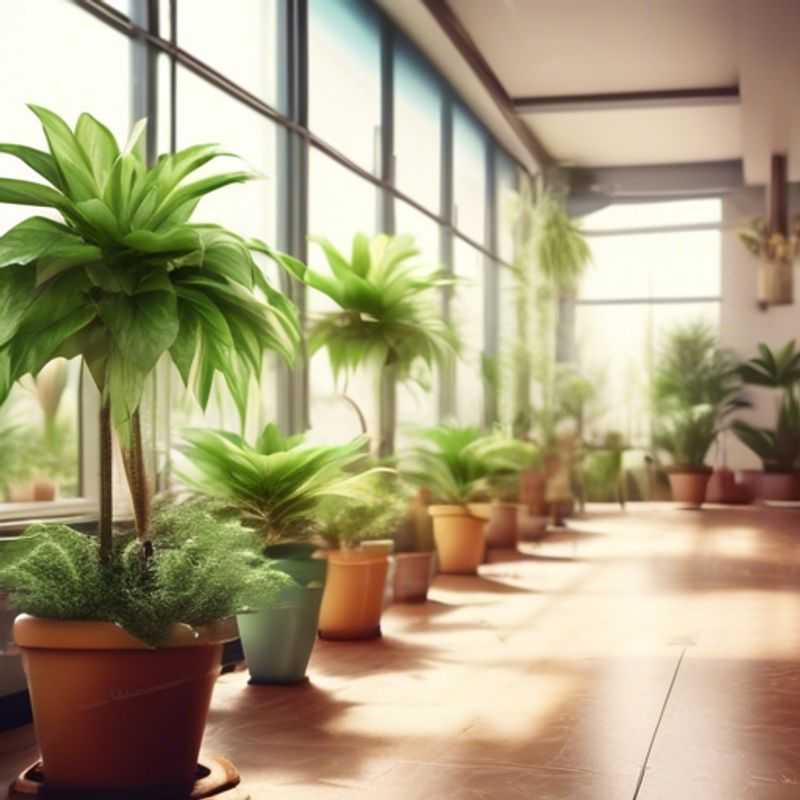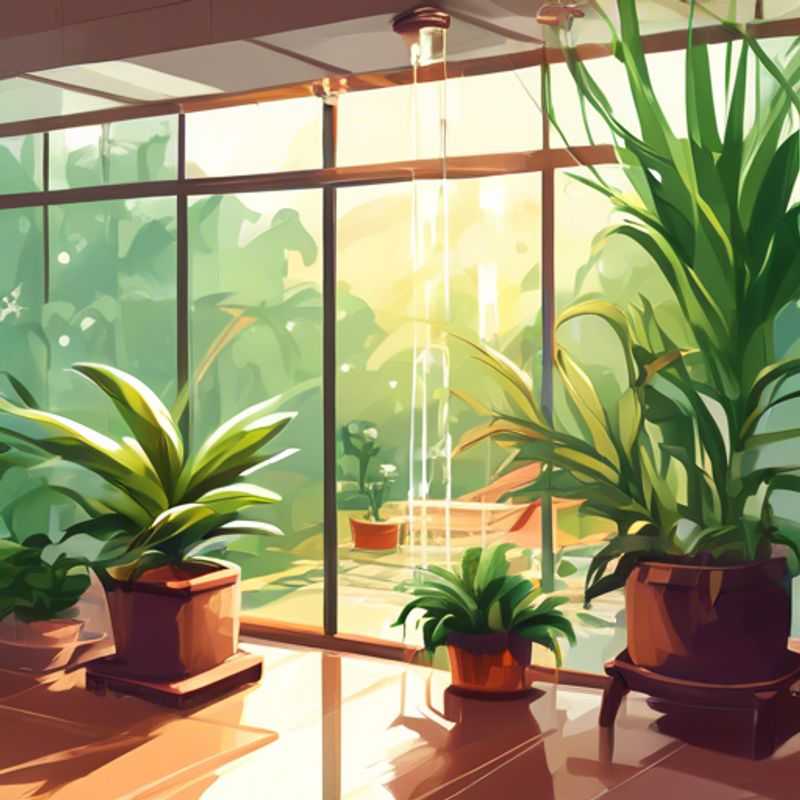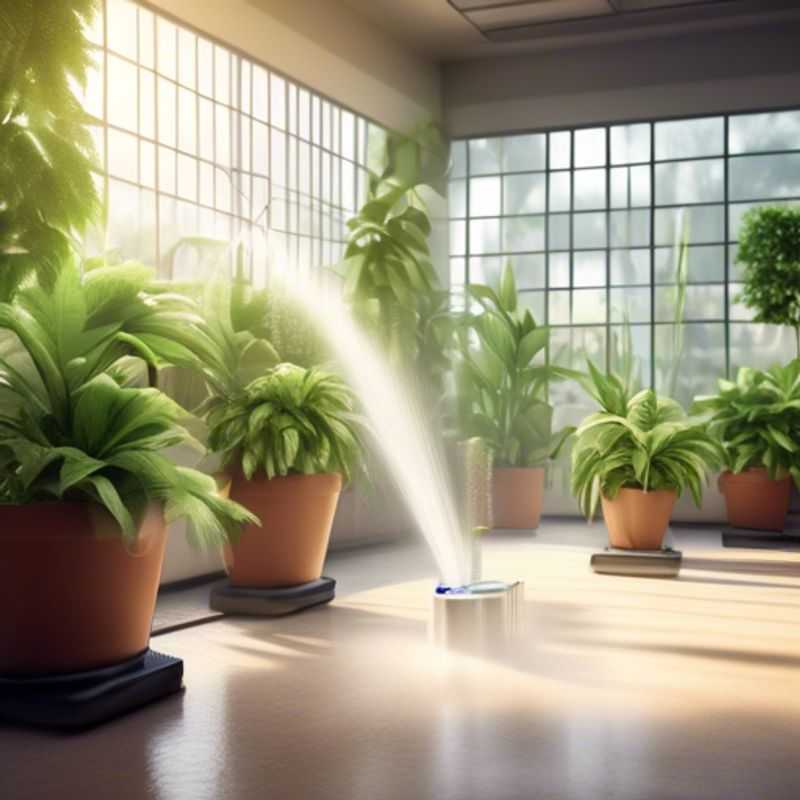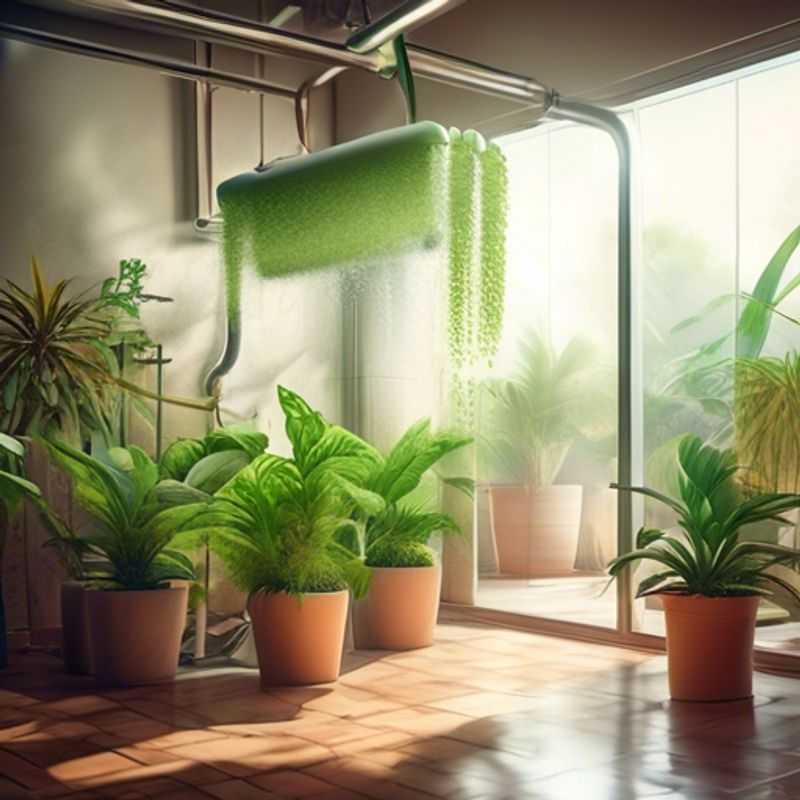Top 3 Things to Know Before Buying an Indoor Plant Watering System

Understand Water Capacity and Runtime
Ensure System Compatibility with Your Plants
Research Maintenance Requirements and Ease of Use
Choosing the right indoor plant watering system can make a world of difference in keeping your leafy friends happy and thriving. Before you dive into the world of automated watering, there are a few key things to consider:
1. Understand the water capacity and runtime of the system. How much water does your system hold, and how long will it last? This is crucial for determining how often you'll need to refill it. Consider the size of your plants and their individual watering needs. For example, a system with a small capacity might be perfect for a single succulent but won't be enough for a large fern.
2. Ensure the system is compatible with your indoor plants' needs. Not all plants are created equal! Some prefer drier soil, while others thrive in moisture. It's important to choose a system that matches the watering frequency and soil type your plants require. Look for features like adjustable watering intervals, different nozzle types, or even soil moisture sensors.
3. Research the maintenance requirements and ease of use. How often does the system need cleaning? Does it require specific types of fertilizer? Some systems require more upkeep than others. Consider your lifestyle and choose a system that fits your needs. A system with a simple design and straightforward maintenance will save you time and frustration in the long run.
By considering these factors, you'll be well-equipped to choose the perfect indoor plant watering system to keep your green companions flourishing!

Understanding Water Capacity and Runtime: Optimizing Your System's Performance
Understanding the water capacity and runtime of your system is crucial for efficient and reliable operation. Here's a quick guide to help you grasp the essentials:
Water Capacity refers to the maximum amount of water your system can hold. It's often measured in gallons or liters. Knowing the water capacity helps you determine how much water you'll need to fill the system and how long it can run before needing a refill.
Runtime is the amount of time your system can operate on a full tank of water. It's influenced by factors such as the water flow rate, the size of the tank, and the specific needs of your application.
Here are some factors to consider when assessing water capacity and runtime:
Water flow rate: A higher flow rate means the system uses more water per unit of time, resulting in a shorter runtime. Tank size: A larger tank can hold more water, extending the runtime. Application needs: Different applications, like irrigation or cleaning, require varying amounts of water, impacting runtime.
Estimating costs: When planning your system, consider these potential expenses:
Water purchase: The cost of water depends on local rates and the volume consumed. Tank size: Larger tanks can be more expensive. System installation: Professional installation may be required, which can add to the overall cost.
By considering these factors, you can make informed decisions about your system's water capacity and runtime, ensuring its efficiency and effectiveness.

Plant Power: Making Sure Your Indoor System is a Green Thumb's Best Friend
When setting up an indoor plant system, it's crucial to ensure compatibility with your plants' needs. This involves understanding their specific requirements for light, temperature, humidity, and airflow. Consider the following:
Light: Choose a system with adjustable lighting that mimics natural sunlight. Different plants have varying light needs, so researching individual requirements is crucial. Some systems offer adjustable light intensity and duration, allowing you to customize based on your plant's needs.
Temperature: Indoor plants thrive in a specific temperature range. Ensure the system provides adequate temperature control, particularly during winter. Some systems include features like thermostats and heating elements to maintain a stable temperature.
Humidity: Humidity levels play a crucial role in plant health. Some indoor systems offer humidity control features, such as misters or humidifiers. Consider your plants' specific humidity needs when choosing a system.
Airflow: Good air circulation is essential for preventing disease and promoting healthy growth. Systems with built-in fans or ventilation systems provide optimal airflow.
Before investing in any system, carefully research your plants' specific needs and ensure the system can provide them. Remember, compatibility is key to success in indoor plant cultivation.

Researching Maintenance Requirements & Ease of Use: Choosing the Right Product for You
When researching maintenance requirements and ease of use for a workflow product, consider the following:
Maintenance Requirements: How often will the product need maintenance? What type of maintenance will be required? Will it require specialized skills? Are there any ongoing costs associated with maintenance?
Ease of Use: How intuitive is the product to use? Is it easy to learn and understand? Does it have a user-friendly interface? Are there any training or support resources available?
Paid Activities: Researching maintenance requirements and ease of use may involve some paid activities, such as:
Consultants: Hiring consultants to assess the product's maintenance needs and ease of use.
Software Licensing: Acquiring licenses for specialized software or tools that may be required for maintenance or to support the product's use.
Training: Providing training for users on how to use the product effectively.
Support: Engaging in support services to assist users with any issues or questions.
It's important to carefully consider these factors when evaluating a workflow product. By doing so, you can ensure that you choose a product that is reliable, efficient, and easy to use.
